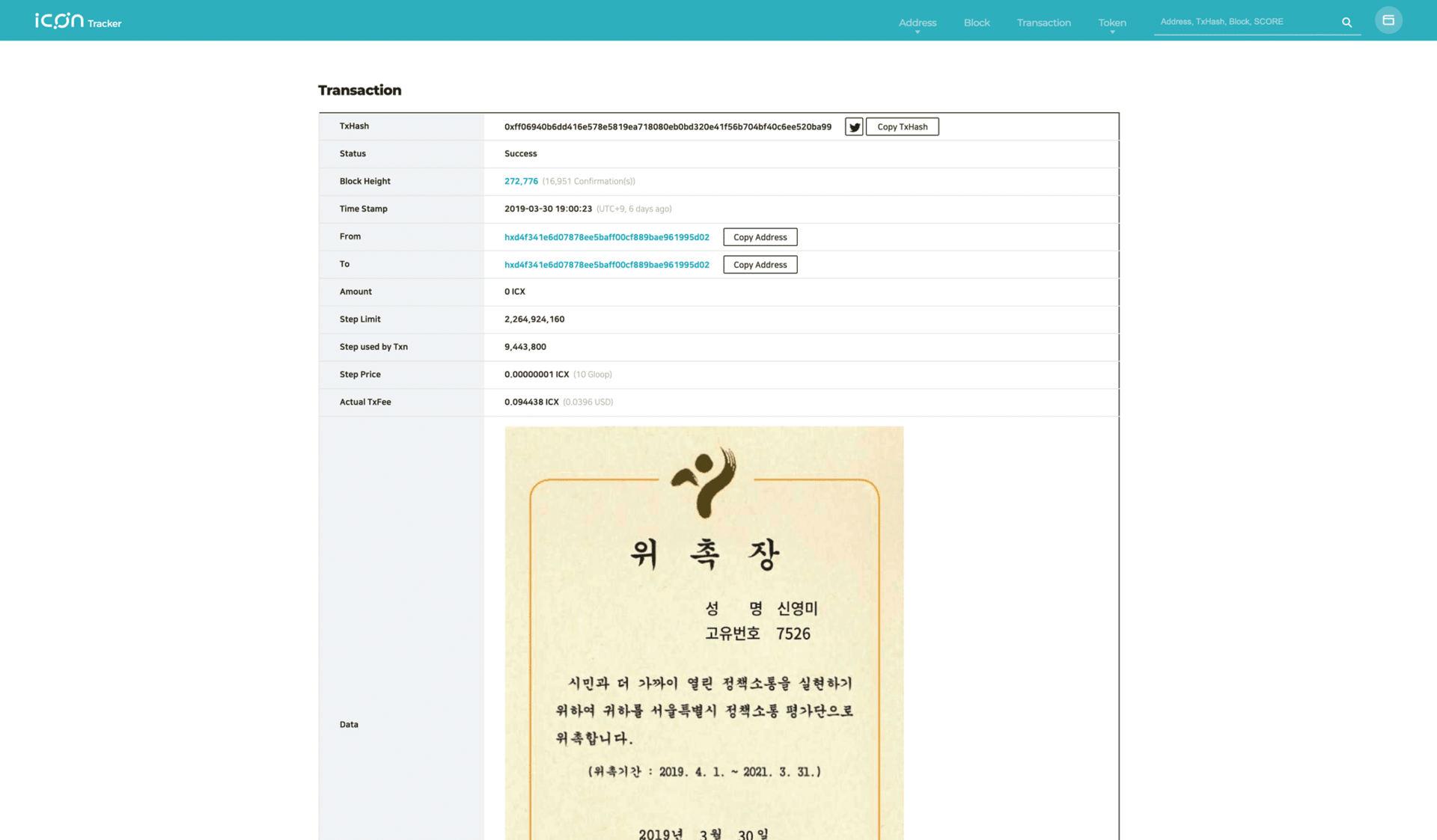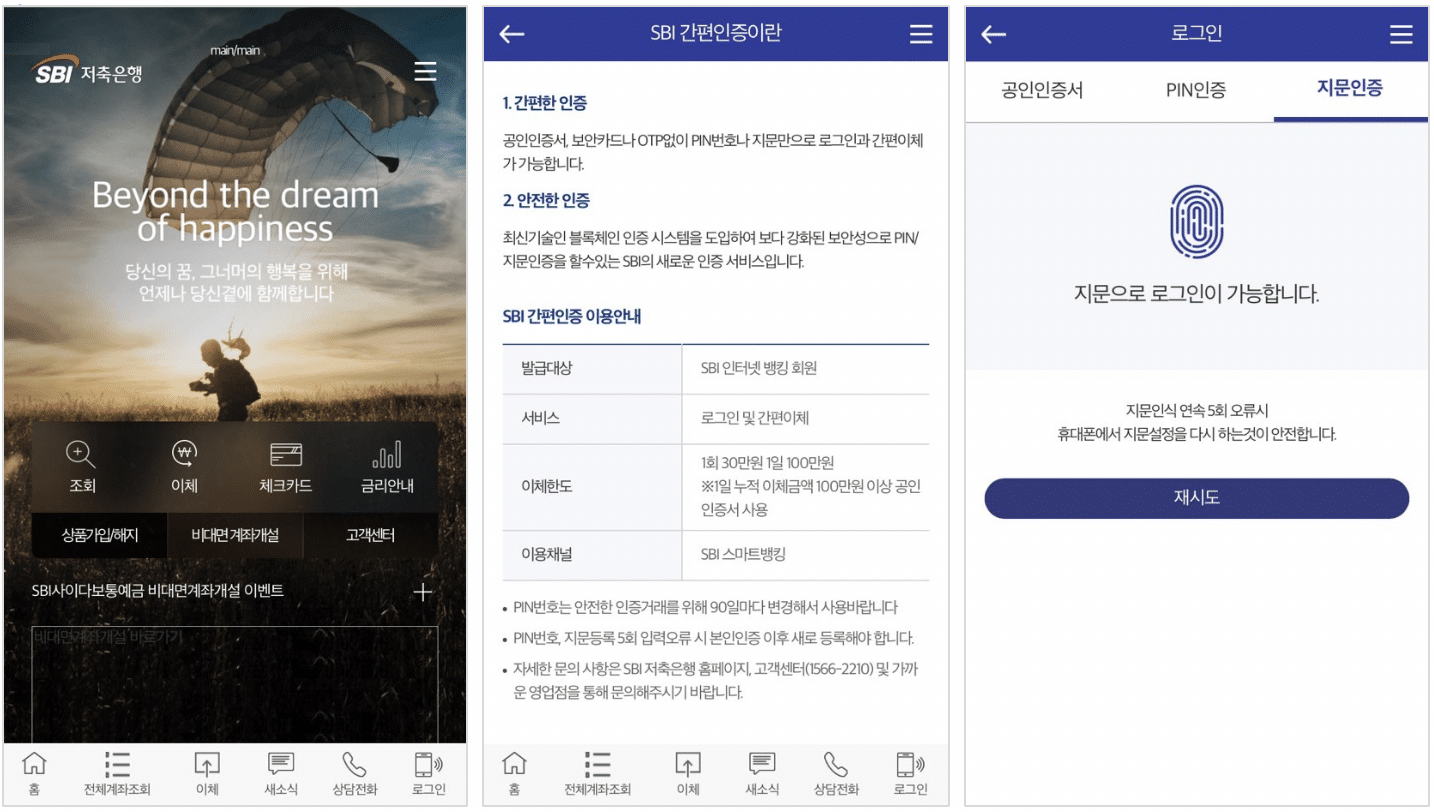ICONLOOP:
ICONLOOP signed a Collaboration Arrangement with ITU (International Telecommunication Union), which is the United Nations’ specialized agency for information and communication technologies, to establish a high-level framework of cooperation in the area of the ITU Smart Incubator Programme with the aim of providing support and know-how on blockchain related technologies to the global start-up ecosystems.
The ITU is the United Nations’ oldest specialized agency, and is responsible for “issues that concern information and communication technologies.” Among other things, the ITU’s responsibilities include coordinating usage of radio spectrum and satellite orbits, as well as assisting in the development of global technical standards. As part of its Smart Incubator Programme, which aims to assist AI, blockchain, and IoT startups, the ITU has chosen ICONLOOP as its blockchain knowledge partner. Let that sink in for one moment. The ITU, which focuses on global technical standards in the information and communications realm has selected ICONLOOP as its blockchain knowledge partner. This collaboration is likely a direct result from ICONLOOP’s recruitment of Josh Choi, the ITU’s former Programme Lead, and it makes sense from a technological perspective as well. ICONLOOP is essentially the private implementation department of ICON, a public blockchain project that is all about interoperability and facilitating communication across blockchains.
ICONLOOP plans to support the growth and expansion of start-up businesses in African developing countries through pilot projects with a focus on 3 core pillars: technical know-how, business development, and outreach and networking. As part of the incubation programme, ICONLOOP will support the startups through offering access to its industry network to increase awareness and offer opportunities to secure investment through large blockchain events and marketing.
The focus on developing African countries is a change of pace for ICONLOOP, a company that is mostly known for its extensive blockchain integration pilots in South Korea. It’s great to see ICONLOOP expanding outside Korea, and I think a number of positive things will result from this collaboration with the ITU. Developing nations are by definition, developing. In most cases, this means banking and regulatory frameworks are not as well developed as nations like the USA, UK, Japan, etc. As a result, these kinds of environments may be more favorable to new technologies coming in and shaking things up. If the blockchain pilots in these developing countries do work out, it would be a huge win for the overall industry in general, and could go a long way to legitimizing blockchain as a truly usable technology around the world.
While ICONLOOP’s collaboration with the ITU doesn’t have a large effect on the public ICON blockchain in the short term, the magnitude of this development over the longterm cannot be understated. As the ITU’s exclusive blockchain knowledge partner for the Smart Incubator Programme, ICONLOOP will have the ability to make a direct impact on startups coming through the program. This is yet another example of ICONLOOP strategically working with partners around the world to develop real use cases for blockchain technology – use cases that may very well require an interoperability layer like the public ICON blockchain in the future.




